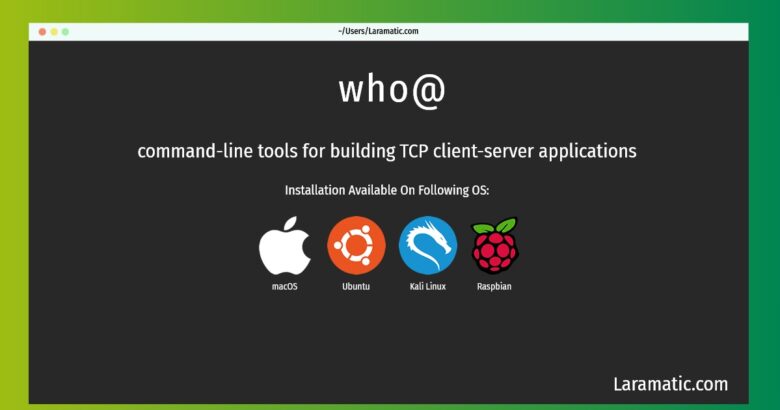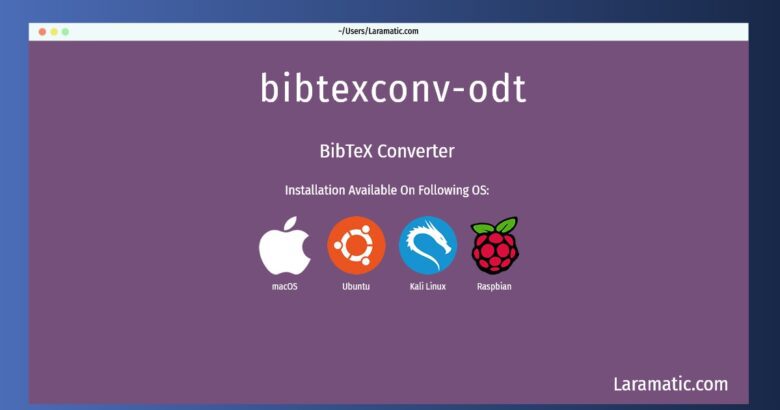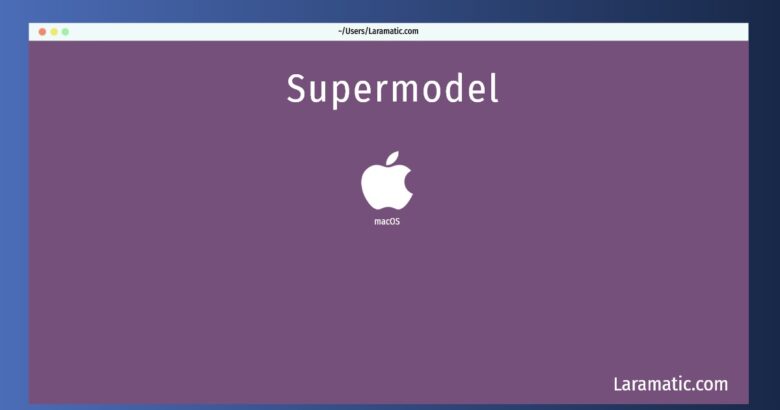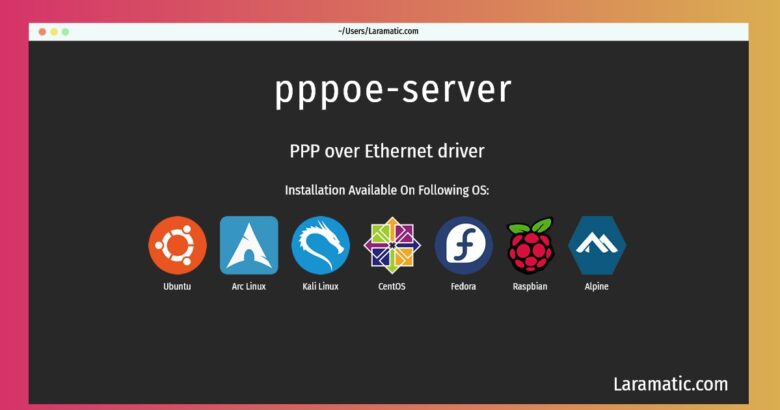How To Install README?
Install README
-
Debian
apt-get install acl2-docClick to copy -
Ubuntu
apt-get install phabricatorClick to copy -
Arch Linux
pacman -S nltk-dataClick to copy -
Kali Linux
apt-get install acl2-docClick to copy -
Fedora
dnf install gallery3Click to copy -
Raspbian
apt-get install acl2-docClick to copy
libnet-sip-perl
framework for SIP modulesNet::SIP is a Perl framework that provides many useful tools with which to write software for SIP endpoints (e.g phones, answer machines), SIP proxies and registrars. It contains no GUI and no real code for working with video or audio, though it does have some support for RTP (no RTCP) and working with PCMU/8000 data, enough for sending PCMU/8000 encoded audio to a SIP peer and for receiving and saving PCMU/8000 audio data.
mpc-ace
makefile, project, and workspace creatorThis package contains the Makefile, Project, and Workspace Creator (MPC) as distributed with the ACE toolkit. MPC generates platform- and compiler-specific files to automate the compilation process. The following programs are included: * mpc-ace: generates project files for a single target * mwc-ace: generates workspace files for a set of projects
vistrails
Science visualisation workflow toolkitVisTrails is an open-source scientific workflow and provenance management system developed at the University of Utah that provides support for data exploration and visualization. Whereas workflows have been traditionally used to automate repetitive tasks, for applications that are exploratory in nature, such as simulations, data analysis and visualization, very little is repeated---change is the norm. As an engineer or scientist generates and evaluates hypotheses about data under study, a series of different, albeit related, workflows are created while a workflow is adjusted in an interactive process. VisTrails was designed to manage these rapidly-evolving workflows.
eso-midas
European Southern Observatory Munich Image Data Analysis SystemThe ESO-MIDAS system provides general tools for image processing and data reduction with emphasis on astronomical applications including imaging and special reduction packages for ESO instrumentation at La Silla and the VLT at Paranal. In addition it contains applications packages for stellar and surface photometry, image sharpening and decomposition, statistics and various others.
r-cran-qtl
GNU R package for genetic marker linkage analysisR/qtl is an extensible, interactive environment for mapping quantitative trait loci (QTLs) in experimental crosses. It is implemented as an add-on-package for the freely available and widely used statistical language/software R (see http://www.r-project.org). The development of this software as an add-on to R allows one to take advantage of the basic mathematical and statistical functions, and powerful graphics capabilities, that are provided with R. Further, the user will benefit by the seamless integration of the QTL mapping software into a general statistical analysis program. The goal is to make complex QTL mapping methods widely accessible and allow users to focus on modeling rather than computing. A key component of computational methods for QTL mapping is the hidden Markov model (HMM) technology for dealing with missing genotype data. The main HMM algorithms, with allowance for the presence of genotyping errors, for backcrosses, intercrosses, and phase-known four-way crosses were implemented. The current version of R/qtl includes facilities for estimating genetic maps, identifying genotyping errors, and performing single-QTL genome scans and two-QTL, two-dimensional genome scans, by interval mapping (with the EM algorithm), Haley-Knott regression, and multiple imputation. All of this may be done in the presence of covariates (such as sex, age or treatment). One may also fit higher-order QTL models by multiple imputation.
acl2-doc
Computational Logic for Applicative Common Lisp: documentationACL2 is both a programming language in which you can model computer systems and a tool to help you prove properties of those models. This package contains the documentation for ACL2.







